- Home
- Joyce Carol Oates
Hazards of Time Travel Page 24
Hazards of Time Travel Read online
Page 24
I didn’t understand this. I knew nothing about politics—(though I knew, now, who was president of the United States: Dwight D. Eisenhower, an actual person, a former general, and not a genial smiling emoji). I knew that the United States had recently been “at war” with a faraway foreign country called Korea and I knew that World War II was a “fresh memory” to many.
“The new decade will bring us true ‘newness’—even revolution. But it will be revolution mixed with tragedy, and not a little farce. And beyond that—!” Dr. Cosgrove laughed, with a shudder. “But we must not look ahead, you know. That is the essential lesson we Exiles learn. We must look to save ourselves.”
I told Dr. Cosgrove that I wanted to know more about my parents—please! And how it was that—somehow—Dr. Cosgrove had known me, as a small child; and he’d had another name at the time: Uncle Toby . . .
A sensation almost of delirium overcame me. What would it mean to me, what happiness, to have an Uncle Toby in my life!
“No. We must live here, Adriane. I’ve learned that, after having made painful blunders. The ‘future’ exists only in the way that the other side of the earth exists, whether we can see it or not. Or,” Dr. Cosgrove said, indicating the sky outside the window of my third-floor room, “those clouds in the eastern sky that look so sculpted—they exist in our immediate future because they are being blown in this direction, from Lake Michigan. In some time—it might be an hour, or several hours—the clouds will be overhead, the sunshine will be obscured. But now, we can see the clouds approaching, we can see into the distance and so, in a sense, we can see into the future. Most things are too distant for us to see, however, and we have to surrender the effort. ‘One breath at a time’—your father used to say, wisely; though I was too young to listen to him at the time.”
With a snap Dr. Cosgrove turned off the small flat object that had been buzzing and slipped it into his breast pocket.
“Dear Adriane—good-bye! Maybe we will meet again, if you wish—you know my name, and you know that I live in St. Cloud, just over the mountain.”
Smiling Dr. Cosgrove squeezed my hand tenderly in parting. Badly I wanted to say Good-bye, Uncle Toby!—but the words could not come.
Heron Creek Farm
“Rufus! Time for our walk.”
Rufus is a six-year-old mixed-breed dog, part boxer, part retriever, part border collie. His fur is sand-colored and coarse. He weighs about thirty-five pounds—eager, clumsy, hot-panting. His ears are alert and his eyes are alive with happiness when his name is called. If he rushes at you, tail thumping, he’s heavy enough to cause you to stagger.
He swathes your face with his damp soft eager tongue.
You do not want to think what that tongue has touched. You do not want to think of a dog’s myriad loves of which you, as yearning as any dog, but determined to disguise that fact, are but one.
Rufus and I walk together in the fields behind the farmhouse. There is a bond between us, I want to think: this is the creature who saved my life.
An animal is a kind of machine, the behaviorists teach. Yet Rufus is hardly a machine. Rufus’s soul shines in his eyes, when he is in the presence of someone he loves.
Rufus’s great joy is fetching a stick. Especially from out of the pond in which Jamie stocked trout a few years ago, and where a colony of noisy frogs live.
When I hug Rufus, and when Rufus licks my face, I feel tears stinging my eyes for this reason—I am so happy.
SOMEDAY, I MAY HIKE over-the-mountain to seek out Dr. Cosgrove in the place with the beautiful name—St. Cloud. But I have not, yet—my new life is too demanding.
THERE WAS NO NEED for Jamie Stiles to ask me. Somehow it seemed to have been decided between us that when I was discharged from the rehabilitation clinic I would come to live with him in the farmhouse on Heron Creek Road.
You know—you have a home with me.
You know I love you.
The first sight I had of Jamie’s house I fell in love with it—a sprawling clapboard farmhouse someone had painted the startling hue of goldenrod, with dark blue shutters. Other farmhouses scattered along the rural Heron Creek Road were a uniform weatherworn white.
The farmhouse is set back from the road. The (dirt, rutted) lane must be a quarter of a mile long. In the front yard are a 1949 Ford pickup truck with a smashed windshield and no tires, the remains of an ancient International Harvester tractor, an eviscerated 1947 Buick convertible, a child’s sled with badly rusted runners: these are not remnants of discarded, formerly functional objects but an elaborately constructed scrap-metal sculpture titled, by Jamie Stiles, Hazards of Time Travel.
On the front porch, in addition to rattan sofa, chairs, and a Schwinn bicycle leaning against the wall, a display of—quilts? But these are not ordinary quilts for they have been fashioned of Plexiglas, heavy brocade, and aluminum, in stark metallic hues—Quilt Legend Diorama 1958.
Behind the house, a large hay barn that has been painted brick-red. On the peak of the roof is a weather vane bearing the heraldic figure of a stag. On the front of the barn is a large copper sunburst-face, like the face of a (benign) ancient deity. Beside the barn is a crumbling stone silo, and close by are several smaller outbuildings.
And behind these, the pond Jamie has stocked with trout.
In the red barn is Jamie Stiles’s sculpture studio. Several feature articles for Wisconsin newspapers have been published about the sculpture of Jamie Stiles, as well as interviews on TV arts programs, and these always include coverage of the studio which resembles, at first glance, something between a mortuary and a junkyard—the myriad, very physical materials of a sculptor’s trade. In the smaller outbuildings are studios used by artist-friends of Jamie’s, some of whom have had the rent-free studios for years while others are “just visiting.”
As he has inherited and accumulated people in his relatively young life—(Jamie Stiles is thirty-one)—so Jamie has inherited and accumulated farm animals. These include a chestnut-red mare named Hedy, retired from harness racing at the punishing track at Traverse City, Michigan; Leila and Lee, two goat-companions who graze with Hedy; a dozen dingy-coated sheep—(for sheep are nothing like storybook pictures of them, I’ve discovered: they are not naturally white); a half-dozen cats of various sizes, ages, and colors of whom some are affectionate house-cats and others, more feral, live in the barns; and Rufus our ever-vigilant guard dog. Also, a flock of chickens—white-feathered, Rhode Island reds, Plymouth Rock barred—to provide eggs for the large household. (Chicken-tending, egg-gathering, are tasks that quickly fell to me, with help from my young step-niece Chloe and step-nephew Tyler.) On the pond behind the barn, often squawking and contentious, are Canadian geese, domestic (white) geese, and a shifting company of wild ducks.
Sometimes, a pair of swans arrives at the pond from Heron Creek a short distance away. Vivid-white and usually silent amid the smaller waterfowl the swans are beautiful like figures in a dream, that seem to represent something for which there are no adequate words.
The oldest part of the farmhouse was built in 1881, by a long-ago relative of Jamie Stiles’s; it had come into Jamie’s grandparents’ possession, and they’d left it to him a dozen years ago, along with forty acres of mostly uncultivated land. Along a circuitous rural route the house is approximately five miles from the vast Wainscotia campus where Jamie Stiles teaches, or has taught, sculpture in the fine arts department for the past nine years, and I am a student enrolled in the liberal arts college—my twin majors are biology and art.
I am still a University Scholar. I don’t any longer work part-time on campus, since I am no longer living in a university residence.
A census taker would be frustrated seeking to determine exactly who lives in the goldenrod-colored farmhouse on Heron Creek Road, Wainscotia Township. For the place is always open to Jamie’s friends, acquaintances, fellow-artists and fellow pacifists/anti-nuclear protesters; frequently they are strangers passing through on their way elsewhere, who are know
n to Jamie, or recommended to him by mutual like-minded acquaintances. Also there are likely to be Stiles relatives on the premises, temporarily or permanently: a male cousin of Jamie’s who’d dropped out of the agriculture school at WSU years before; a morose older half-brother who works in a local stone quarry, and who weighs three hundred pounds; a ravaged hard-drinking stoic uncle who’d had a twenty-year career in the U.S. Marines and who’d been severely wounded in the closing week of World War II, in Germany.
And, to my surprise, two children aged five and eight, not Jamie’s children but the abandoned children of an older sister of Jamie’s who’d departed several years before, leaving nothing in her wake but the children and their clothes and toys—“They’re a little sad-hearted but very sweet kids, Mary Ellen. You’ll love them.”
It is true, I will love Chloe and Tyler—in time. I am sure of this.
The significant fact about the children, I guess you could say, is the color of their skin: a rich mocha-brown.
In all of (rural) Wainscotia Township there is probably no one else with mocha-brown skin like my little step-niece Chloe and my step-nephew Tyler.
Jamie and I will have our own children sometime soon. This is our hope.
Much of the farm property isn’t tillable soil but there are a number of acres that are fertile enough to be leased by neighboring farmers, which provides a much-needed source of income for the household, and there is a half-acre behind the house where we can plant a few things—tomatoes, green beans, sweet corn, carrots, cucumbers, melons . . .
In time the care of this ambitious vegetable garden will fall to me, I think. (As the care of Chloe and Tyler will fall to me.) By the time Jamie brought me to the farmhouse in late summer everything had been planted but there were weeds choking the smaller plants, and the corn and melons had been ravaged by deer and raccoons; what flourished most was a bed of basil, catnip, and mint, which grow like weeds, and a small jungle of hollyhocks and wild rose.
I was eager to clear away weeds and thistles. But Jamie laughed at me.
“Sometimes you come too late to a garden, the way you might come too late in another’s life. Best just to take things as they are. ‘One breath at a time.’”
Walking through the overgrown garden, with Rufus at my heels, sniffing and bounding into the dry-rustling corn, I am suffused with happiness. I think—All this was waiting for me. I didn’t know.
In my former life—(which I can remember only vaguely, like something glimpsed through frosted glass)—I don’t believe that I lived on a farm, worked with the soil, grew things. Yet, I have confidence that I can learn.
The smells of a garden, in late-afternoon sunshine, or after a quick flashing rain—so beautiful, they leave me feeling faint.
Jamie and his friends are continually repairing the house—shingled roof, shutters, rotting porch, steps. Jamie has a plumber friend, a friend with a backhoe, a friend who digs cisterns and wells. He has (commercial) painter friends as well as (artist) painter friends. His closest sculptor-friend is a welder. Jamie himself is very handy, and strong; he has to be prevented from lifting things that might throw out his back, or break it altogether. For a reticent person he seems to thrive in a whirl of communal activities. Meetings of the local branch of SANE are usually held at Heron Creek Farm. Though sometimes Jamie drives to Madison, or farther still to Chicago. (Chicago! How very far away that seems to me. Since being struck by lightning, I tell myself that my traveling days are over.) Jamie’s artist-colleagues work in their studios and eat with us, most nights. And their wives, girlfriends, children eat with us. Parents arrive, and stay for the night, or several nights. Elderly grandparents too are welcome. (But please don’t die on the premises! Jamie jokes about such things, which don’t seem funny to the rest of us.) Of course, there are poetry evenings—many (of us) are poets. (H. R. Brody is a friend of Jamie’s.) There are musical evenings—(Jamie plays drums). Even the young niece and nephew have school friends, who are invited to the house often, brought by their parents who stay for dinner as well. Because WSU has seemed to be exploiting some instructors and staff workers Jamie has been trying to organize a union without having realized how much time this would consume, and how quarrelsome people can be when you are trying to help them. One night at dinner, which had sprawled out of the house, onto the porch and onto the grass, I counted twenty-six adults and children before I gave up.
Thinking—There is no time here for sorrow. I am too busy!
Jamie identifies himself as a “multi-media” sculptor. His great model is Rodin. He has fashioned strange and striking works of art out of scrap metal, including wrecked cars and tractors; he utilizes iron (which he allows to rust, in a “natural progression”), stainless steel, aluminum, brass, wood, clay, fiberglass and other materials, even papier-mâché; yet he’s a traditional sculptor too, whose most successful commission has been a Korean War memorial for Wainscotia Township.
At the university Jamie Stiles is highly regarded as an original and important artist; at the same time, his political involvement with SANE, and his general pacifist/anti-war statements, have made it difficult for his departmental chairman to promote him, still less to give him a permanent appointment with tenure at WSU.
Jamie is kept on, however—“kept on.” Semester after semester, year after year.
“The department likes me well enough—I mean, most of the guys on the faculty are my friends. I’ve known them for years. I’ve helped them with their work. But the dean of the college, and the president—they’re afraid of my ‘notoriety.’ They’ve been hearing that there’s a ‘rabid Commie’ in the art department. One of the trustees thought that I’d been arrested in ‘some sort of protest riot.’ So part-time employment is the best I can hope for.”
Wistfully Jamie spoke, and yet boastfully. I had to rush to him then, to kiss him.
Soon after I was discharged from the rehabilitation clinic and had come to live at Heron Creek Farm, Jamie took me to see the Korean War memorial in front of the county courthouse in Wainscotia Falls. Though made of stainless steel the figures of the eleven soldiers, ground troops on parole, were unnervingly lifelike; you could almost imagine that they were breathing, and that their stony skin was actual skin. They loomed above the viewer slightly larger than life-size, at about seven feet in height. Their faces were both youthful and ageless. Their hands—their fingers—were particularly lifelike. Names of the Wainscotia Township dead had been carved in stone on a parapet surrounding the sculpture, and with this too Jamie had taken a good deal of care, rejecting several fonts before he chose the one he finally used.
There was a good deal of positive publicity in local newspapers regarding Ground Patrol: Korea 1950–1955. Relatives of soldiers who’d died in the war were deeply moved by Jamie Stiles’s memorial and wrote letters to him, each of which he answered. (Jamie had not yet become involved in anti-war protests, fortunately!) His model for the memorial hadn’t been Rodin but a revered midwestern sculptor of the early twentieth century named Harry Hansen, at one time promoted as the midwestern Rodin, who’d executed more than two hundred memorial sculptures during his fifty-year career. Jamie seemed embarrassed by the sculpture though I praised it as moving, tragic, beautiful; he said, humbly, “It wasn’t my idea to do a ‘realistic’ memorial, but that’s what they wanted. I tried to explain to the township board that what they wanted was an old-fashioned kind of sculpture that had been valued in the past, before photography; the rendering of human faces and figures so close to human that they appear human. Sculpture today is more likely to be abstract than realistic. I tried to explain, but . . .” In the end if he’d wanted to accept the commission he’d had to create the kind of memorial the citizens of Wainscotia Township wanted, which he did.
“But it’s very powerful, Jamie. It is.”
Seeing the figures of the eleven soldiers transformed by Death was deeply moving. I could not speak for some time as Jamie circled the memorial, staring at it. An artist is one who neve
r believes what others say about his work—perhaps that was it. Jamie could not see what I saw and could not believe what I believed about his sculpture.
On the soldiers’ heads and shoulders were chalky-white bird droppings. This, we tried not to notice.
Though finally I wetted tissues in a nearby puddle and tried to wipe the droppings away, with limited success.
When we returned home Jamie showed me his framed award from the Wisconsin Council of the Arts for Sculpture, 1957. He seemed both embarrassed by the reward, and proud of it.
“Jamie! Congratulations.”
Only three years before but Jamie had looked younger then. He’d been thinner, his face leaner, and his jaws clean-shaven.
Jamie Stiles without a beard! The young man in this picture wouldn’t have approached me on the university campus, possibly.
Seeing his young face I felt tears gather in my eyes. For when this photograph had been taken I hadn’t known Jamie Stiles. He hadn’t known me. And it was quite likely that we would never meet.
Indeed, how was it possible that we’d ever met? Ever glimpsed each other? It was not possible. Yet it had happened.
Tears ran down my cheeks. I was overcome with joy indistinguishable from grief. At such times Jamie comes to me, and silently gathers me in his arms.
Jamie’s strong arms. Jamie’s heavy body like a fortress.
His comfort is immediate and unquestioning.
I have you, I will protect you. I love you.
IN JAMIE’S STUDIO, in the old red barn. We’ve fashioned a small studio for me in the hayloft, to which I climb by a ladder. It’s a private space that looks out over pastureland and down into Jamie Stiles’s workspace. I can watch him below but he isn’t likely to watch me.
My artwork, so-called, is of a much smaller scale than Jamie’s. I have no interest in heroic or monumental works. I’m content to wander outside sketching for hours with pencil, charcoal, pastel chalks, then return here and work on my sketches. I’ve experimented with portraits—my little step-niece and my little step-nephew, residents and visitors, Jamie’s ex-Marine uncle who calls himself, with some measure of irony I am not able to gauge, “Captain Shalom.”

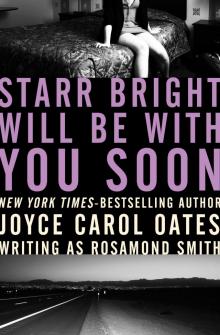 Starr Bright Will Be With You Soon
Starr Bright Will Be With You Soon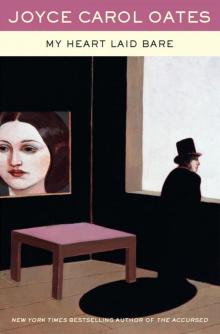 My Heart Laid Bare
My Heart Laid Bare A Fair Maiden
A Fair Maiden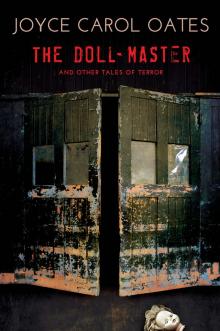 The Doll-Master and Other Tales of Terror
The Doll-Master and Other Tales of Terror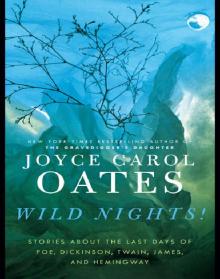 Wild Nights!: Stories About the Last Days of Poe, Dickinson, Twain, James, and Hemingway
Wild Nights!: Stories About the Last Days of Poe, Dickinson, Twain, James, and Hemingway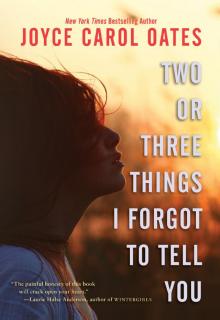 Two or Three Things I Forgot to Tell You
Two or Three Things I Forgot to Tell You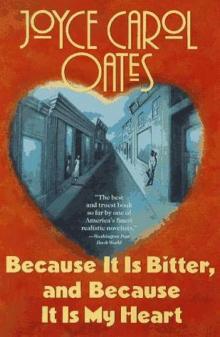 Because It Is Bitter, and Because It Is My Heart
Because It Is Bitter, and Because It Is My Heart Missing Mom: A Novel
Missing Mom: A Novel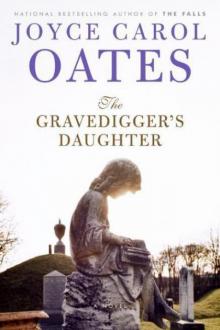 The Gravedigger's Daughter: A Novel
The Gravedigger's Daughter: A Novel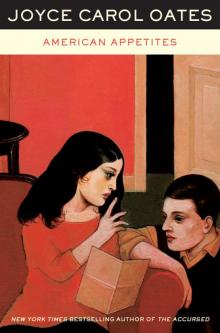 American Appetites
American Appetites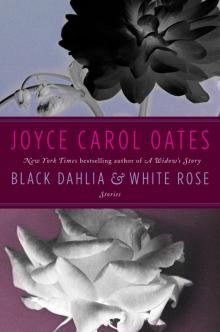 Black Dahlia White Rose: Stories
Black Dahlia White Rose: Stories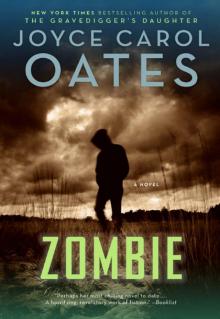 Zombie
Zombie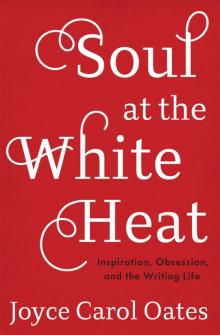 Soul at the White Heat: Inspiration, Obsession, and the Writing Life
Soul at the White Heat: Inspiration, Obsession, and the Writing Life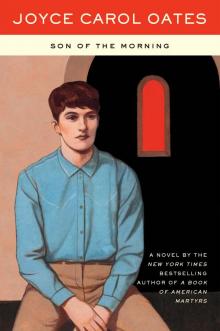 Son of the Morning
Son of the Morning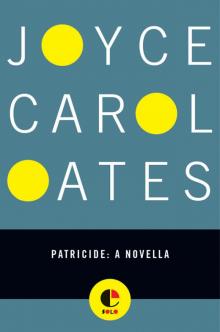 Patricide
Patricide Snake Eyes
Snake Eyes Wonderland
Wonderland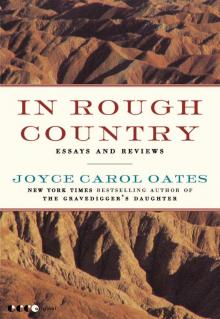 In Rough Country: Essays and Reviews
In Rough Country: Essays and Reviews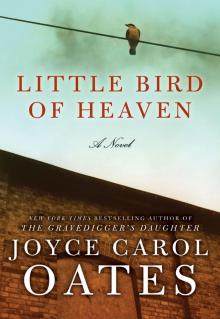 Little Bird of Heaven
Little Bird of Heaven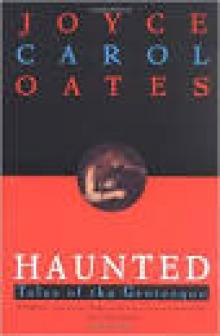 The Haunting
The Haunting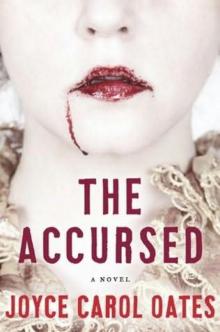 The Accursed
The Accursed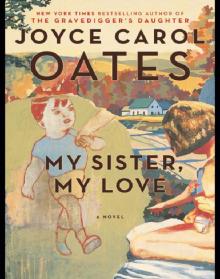 My Sister, My Love: The Intimate Story of Skyler Rampike
My Sister, My Love: The Intimate Story of Skyler Rampike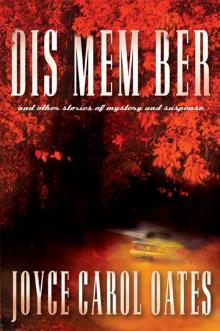 Dis Mem Ber and Other Stories of Mystery and Suspense
Dis Mem Ber and Other Stories of Mystery and Suspense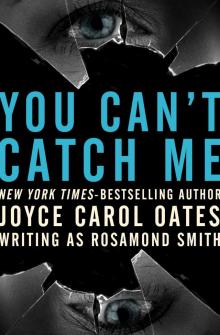 You Can't Catch Me
You Can't Catch Me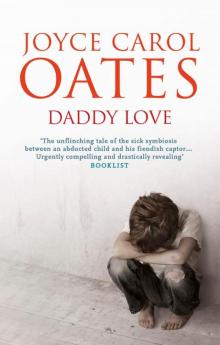 Daddy Love: A Novel
Daddy Love: A Novel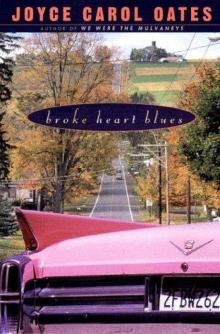 Broke Heart Blues
Broke Heart Blues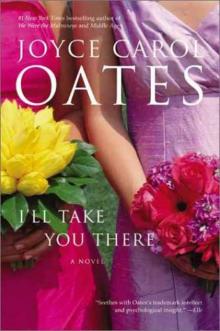 I'll Take You There
I'll Take You There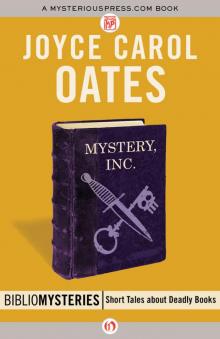 Mystery, Inc.
Mystery, Inc. We Were The Mulvaneys
We Were The Mulvaneys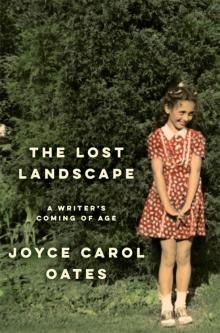 The Lost Landscape: A Writer's Coming of Age
The Lost Landscape: A Writer's Coming of Age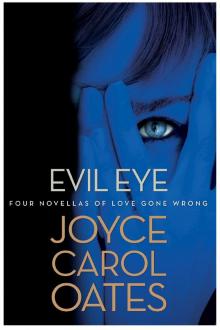 Evil Eye: Four Novellas of Love Gone Wrong
Evil Eye: Four Novellas of Love Gone Wrong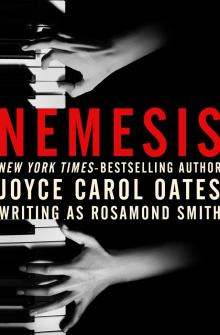 Nemesis
Nemesis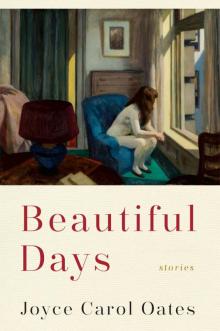 Beautiful Days: Stories
Beautiful Days: Stories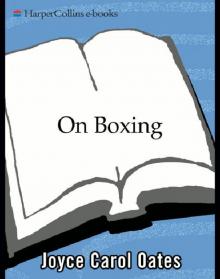 On Boxing
On Boxing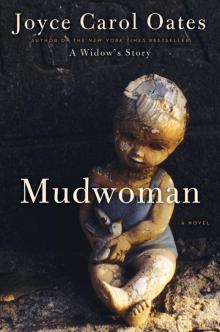 Mudwoman
Mudwoman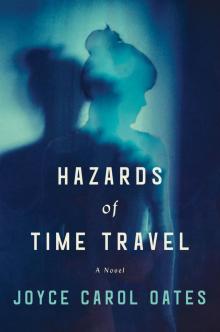 Hazards of Time Travel
Hazards of Time Travel Night-Gaunts and Other Tales of Suspense
Night-Gaunts and Other Tales of Suspense Mysteries of Winterthurn
Mysteries of Winterthurn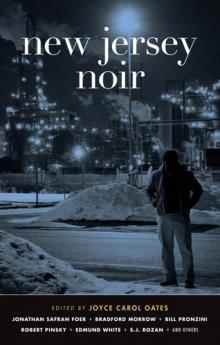 New Jersey Noir
New Jersey Noir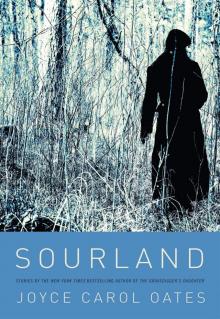 Sourland
Sourland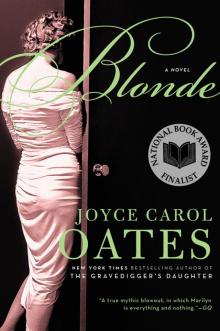 Blonde
Blonde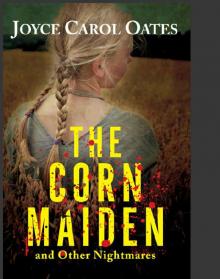 The Corn Maiden: And Other Nightmares
The Corn Maiden: And Other Nightmares The Oxford Book of American Short Stories
The Oxford Book of American Short Stories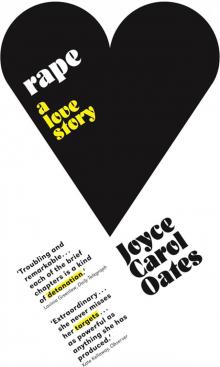 Rape: A Love Story
Rape: A Love Story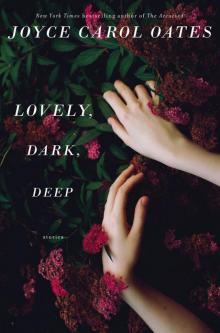 Lovely, Dark, Deep: Stories
Lovely, Dark, Deep: Stories After the Wreck, I Picked Myself Up, Spread My Wings, and Flew Away
After the Wreck, I Picked Myself Up, Spread My Wings, and Flew Away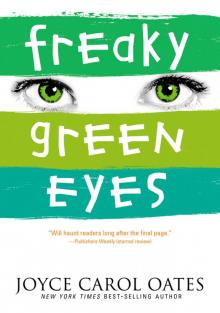 Freaky Green Eyes
Freaky Green Eyes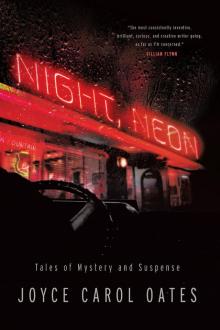 Night, Neon
Night, Neon I Am No One You Know: And Other Stories
I Am No One You Know: And Other Stories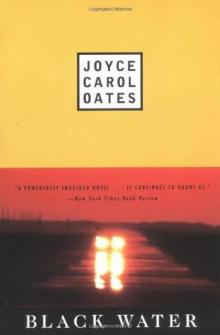 Black Water
Black Water Expensive People
Expensive People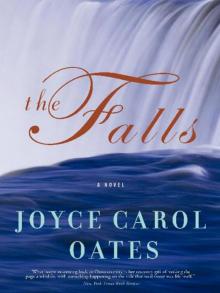 The Falls
The Falls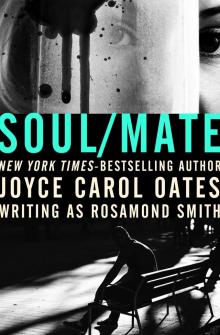 Soul/Mate
Soul/Mate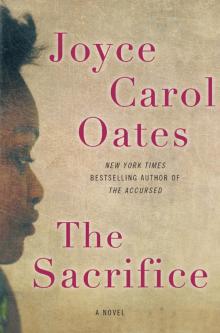 The Sacrifice
The Sacrifice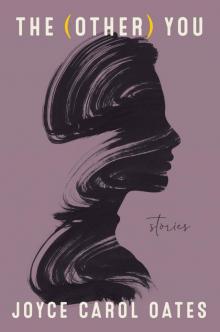 The (Other) You
The (Other) You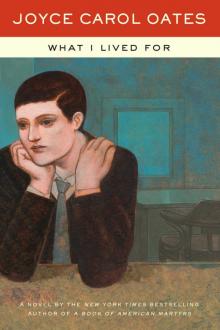 What I Lived For
What I Lived For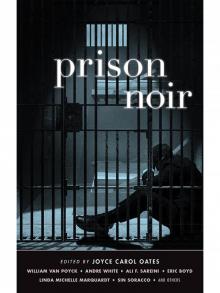 Prison Noir
Prison Noir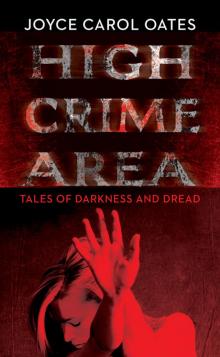 High Crime Area: Tales of Darkness and Dread
High Crime Area: Tales of Darkness and Dread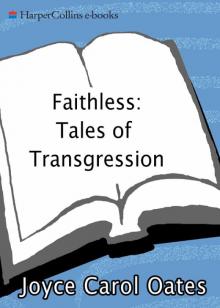 Faithless: Tales of Transgression
Faithless: Tales of Transgression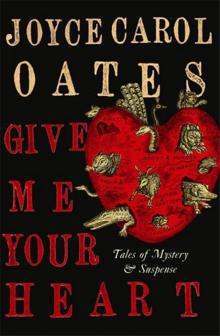 Give Me Your Heart: Tales of Mystery and Suspense
Give Me Your Heart: Tales of Mystery and Suspense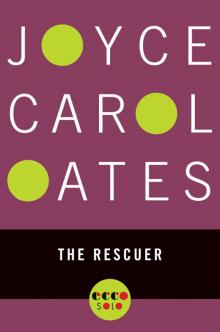 The Rescuer
The Rescuer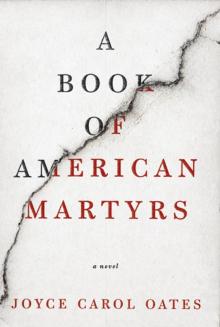 A Book of American Martyrs
A Book of American Martyrs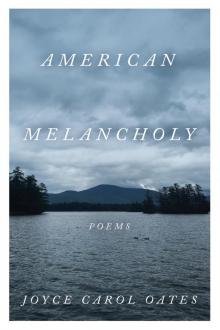 American Melancholy
American Melancholy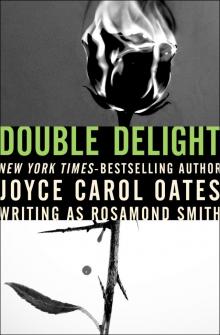 Double Delight
Double Delight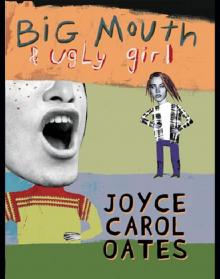 Big Mouth Ugly Girl
Big Mouth Ugly Girl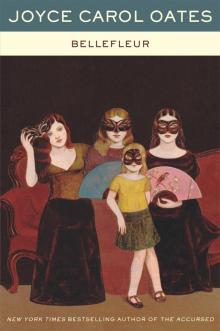 Bellefleur
Bellefleur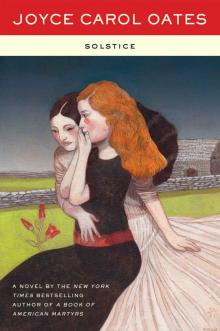 Solstice
Solstice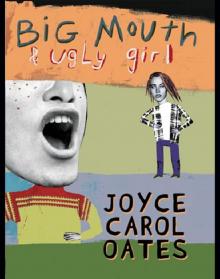 Big Mouth & Ugly Girl
Big Mouth & Ugly Girl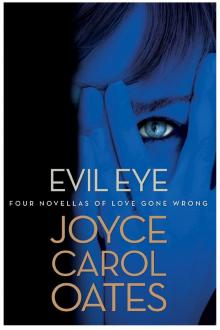 Evil Eye
Evil Eye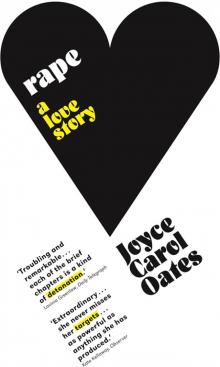 Rape
Rape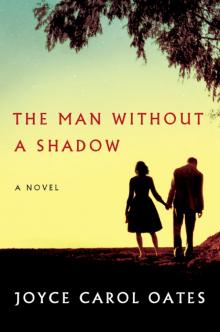 The Man Without a Shadow
The Man Without a Shadow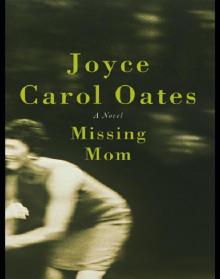 Missing Mom
Missing Mom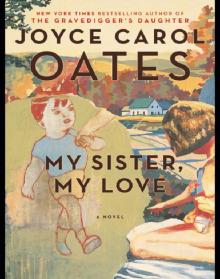 My Sister, My Love
My Sister, My Love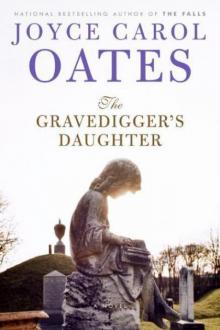 The Gravedigger's Daughter
The Gravedigger's Daughter Beautiful Days
Beautiful Days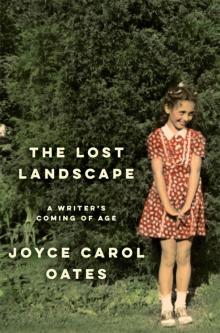 The Lost Landscape
The Lost Landscape Daddy Love
Daddy Love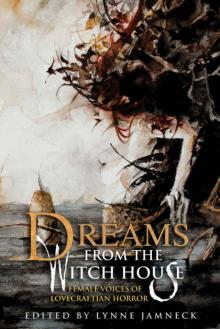 Dreams from the Witch House: Female Voices of Lovecraftian Horror
Dreams from the Witch House: Female Voices of Lovecraftian Horror The Tattooed Girl
The Tattooed Girl Give Me Your Heart
Give Me Your Heart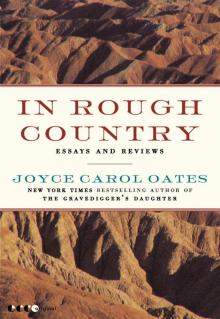 In Rough Country
In Rough Country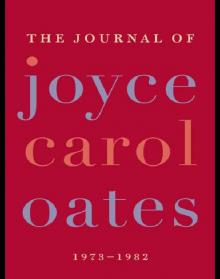 The Journal of Joyce Carol Oates
The Journal of Joyce Carol Oates Black Dahlia & White Rose: Stories
Black Dahlia & White Rose: Stories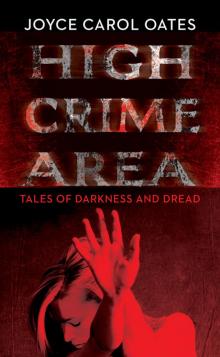 High Crime Area
High Crime Area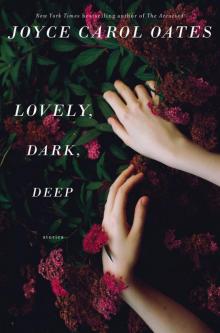 Lovely, Dark, Deep
Lovely, Dark, Deep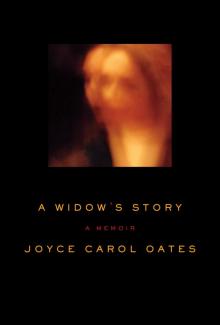 A Widow's Story
A Widow's Story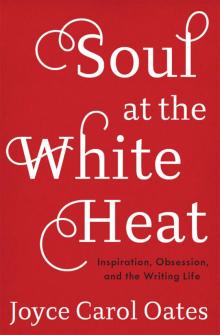 Soul at the White Heat
Soul at the White Heat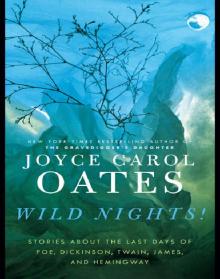 Wild Nights!
Wild Nights!